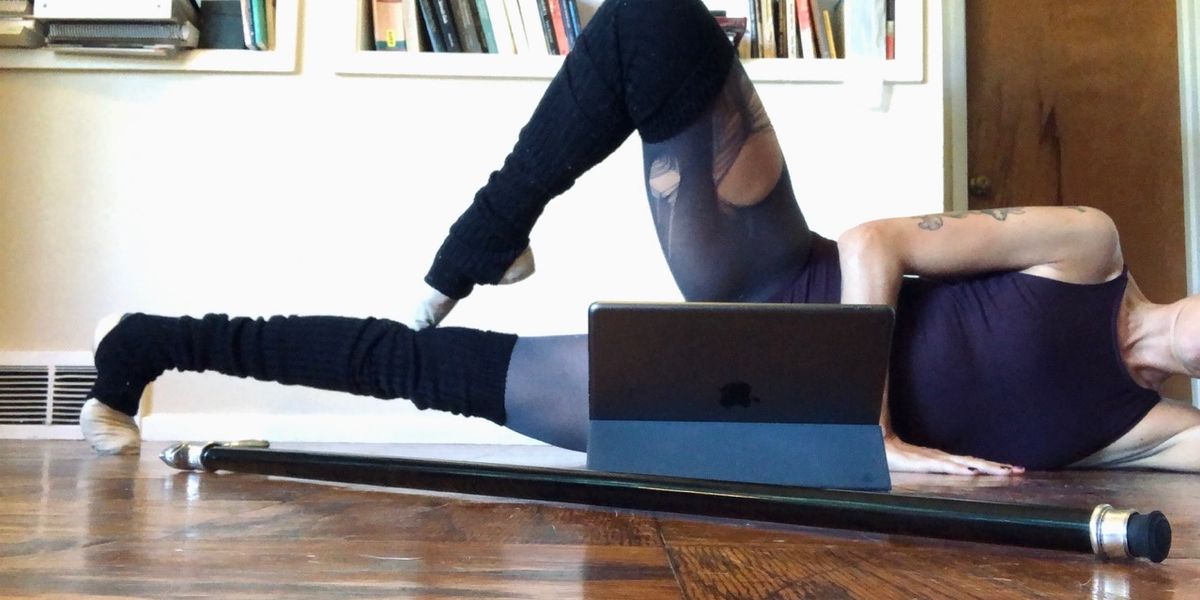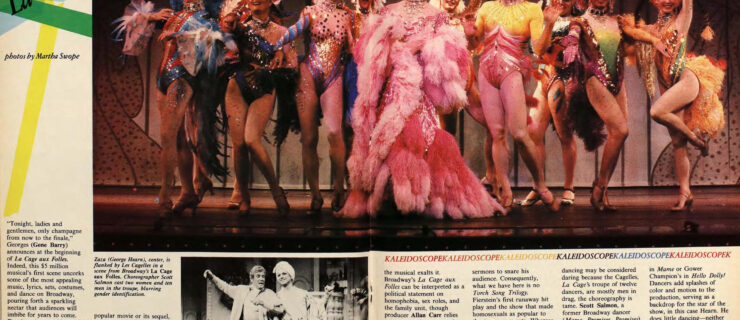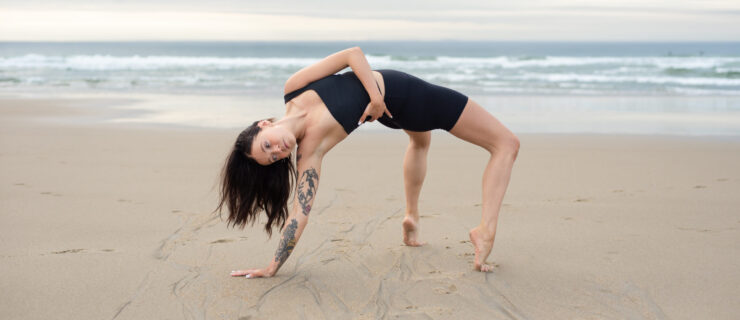COVID-19 Has Shown Us What a More Equitable Field for Dancers With Disabilities Could Look Like
For many people, the isolation and heightened attention to contagion of the past several months has been a shocking detour from their routines. For some of us with disabilities or chronic illnesses (CI), however, the able-bodied world is beginning to meet us where we are.
Although many disabled communities were previously finding social interaction online, in recent months our able-bodied peers have joined in. As a result, more dance resources have gone virtual, with classes streaming daily. This recent shift towards dance through digital formats has offered a great deal to the disabled/CI dance community.
Affordable classes
In the past, my options for class were often limited by what I could afford in addition to my medical bills. Those with a disability/CI who depend on Supplemental Security Income benefits could lose those benefits if they have more than a couple thousand dollars in their bank account. Dance class might not fit within their tight budget. The classes that are currently streaming for free or on a sliding scale through Instagram and Zoom have opened up a world of options that were not financially accessible to many of us before.
Accessible locations
Virtual formats can make a world of difference to someone who has difficulty accessing transportation or ascending stairs with their mobility aid (remember, not all studios have ramps and elevators), or with anxiety that makes it difficult to be in a crowded room full of strangers.
A wider array of available styles
Many of us were also previously limited by the few genres that were being taught in our area. My specific disability makes dance forms which require a lot of balance, like ballet, especially challenging. The Gaga, floor barre and hip-hop classes I have recently been able to stream have offered me access to movement styles that allow me to thrive in my body rather than fight with it. In these able-bodied classes, I am pushed to improve my stamina and technique, and encouraged to grow as an athlete and as an artist. Every dancer should have access to that kind of training.
A level, digital playing field
Social media and other digital formats offer us a space to be seen, really seen, for all that we have to contribute to the dance world. Through these mediums, I am able to perform without the fear of “Will I have the energy and physical capacity to do this movement at the exact day and time of our stage performance?” Video and digital formats hold the potential to level the performance playing field.
Looking to the future
The best thing I can hope for from this pandemic is that more people will be aware of the dancers-with-disability/CI community. May there be an increased empathy for our situation, and a willingness to include us in future conversations about what dance should look like and be.
I hope that when in-person classes resume, studios and teachers are able to offer sliding scale or free classes to those who are on a fixed income or who have to spend most of their money on medical bills and medication. I would love to see live classes continue to be streamed online for those of us who sometimes have difficulty attending in person. And for the many dancers who have become sick over the last several months, and some who have become disabled due to long-term effects of the virus, dance must continue to be a space that provides a sense of normalcy, healing and support, even if it is online or from a distance.
Technology is offering us an opportunity here. This move towards online formats is only a small step towards building a more equitable dance community, and presents the possibility of locating additional richness and innovation within dance as a whole.




